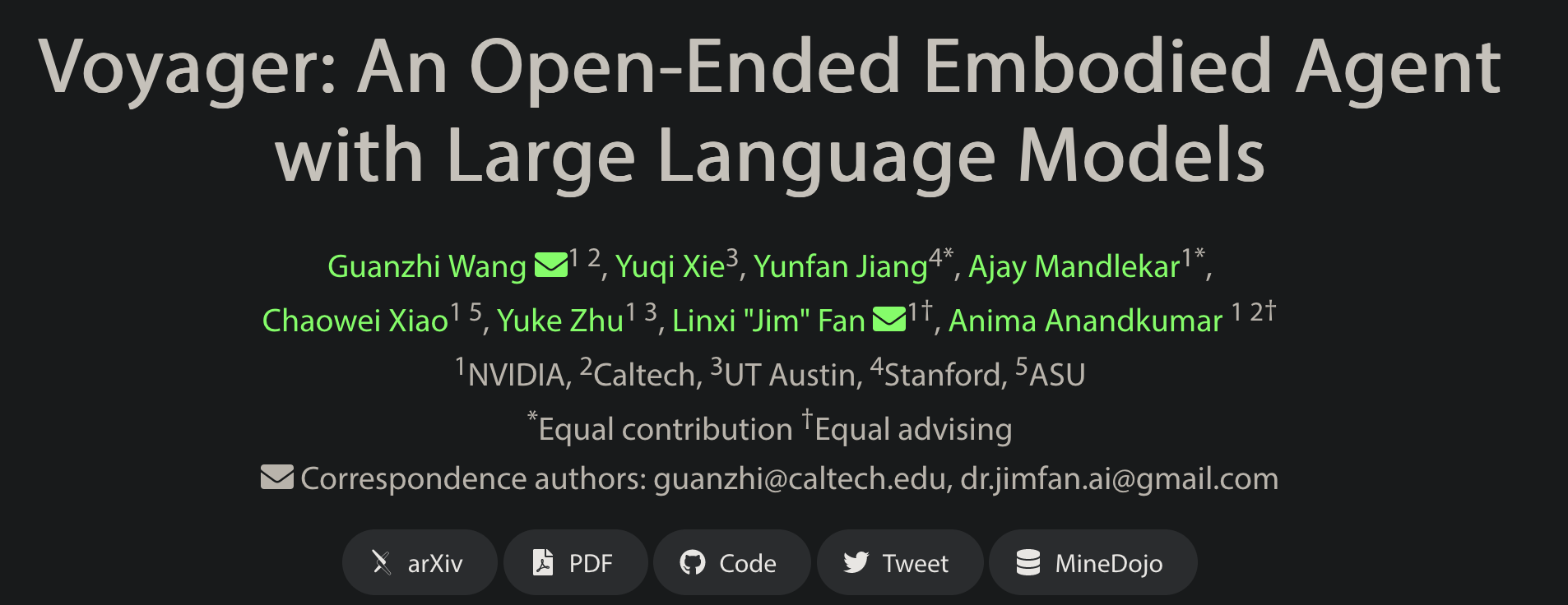
The matchup we have all been waiting for! A fine-tuned upstart underdog against the reigning champion heavyweight LLM! Will our tiny model prevail?

While my model is training, let’s take a moment to pause and reflect on the process so far, its thorns and roses, and make a few more Bert puns while we’re at it!

You can’t have RAG without a retriever, but what exactly is a retriever? And what kind of retriever am I going to use? This post will take a trip with BERT, and talk about some recent innovations with the model. Let’s jump in!
Parts of a retriever All retrievers have at least three things in common: 1. A corpus of information is stored somewhere, somehow 2. When presented with an incoming query, they do some stuff to process it 3.

OK, here’s my question:
Why do all these RAG apps use giant f**king models?? Default Langchain RAG tutorial - ChatGPT 3.5 Turbo (175B param) Random RAG tutorial from Google - ChatGPT 3.5 Turbo (175B param) Another tutorial - Llama 2 (70B param) There are more, but you get the point. I’m worked up about this because these foundation models- chatGPT, Claude, Bard, the whole lot- are so freaking powerful that using them for information retrieval is super inefficient.

Holy shit its done!! Check it out on Github here
Getting to this point was a ton of work and I am so glad that it’s at point of minimum viability for release. In this post I want to go through some of the struggles, the triumphs, and what is next for the project.
🪦 The Struggles 🪦 A few things were much, much more difficult than I anticipated. In no particular order, they were:
A big reason why I am researching AI Agents so much is I want to try my hand at building a software development agent of my own named Taylor. The overall goal is for Taylor to be a fully autonomous AI-powered junior developer who can be a genuine asset on a development team. I want to take this idea as far as I can on my own, and use the finished product in future projects to augment my own capabilities.

VOYAGER from NVidia shows a novel way of using GPT-4 to create an agent that plays minecraft via API. Their approach is very agentic and mirrors other development agents like gpt-engineer and smol-developer. In this post, we’re going to break down Voyager’s action loop and analyze the fine details of how this agent works.
Many autonomous agents can complete two or three tasks in a row, but VOYAGER from a team led by NVIDIA, showed ability to consistently perform over 150.

With all the hype about “AI automating your job away,” there is a lot of talk about the “what” but not the “how.” Agents are today’s best shot at getting an AI to do useful work for you, and in this series I want to go over the latest advances in the open-source AI agents space, domain by domain.
What are AI Agents? Simply put, an AI agent is a foundational model (like GPT 4 or Llama 2) that has been specially prompted with a task to complete, a set of human-designed tools to complete it with, and can execute prompts multiple times to generate a solution.






